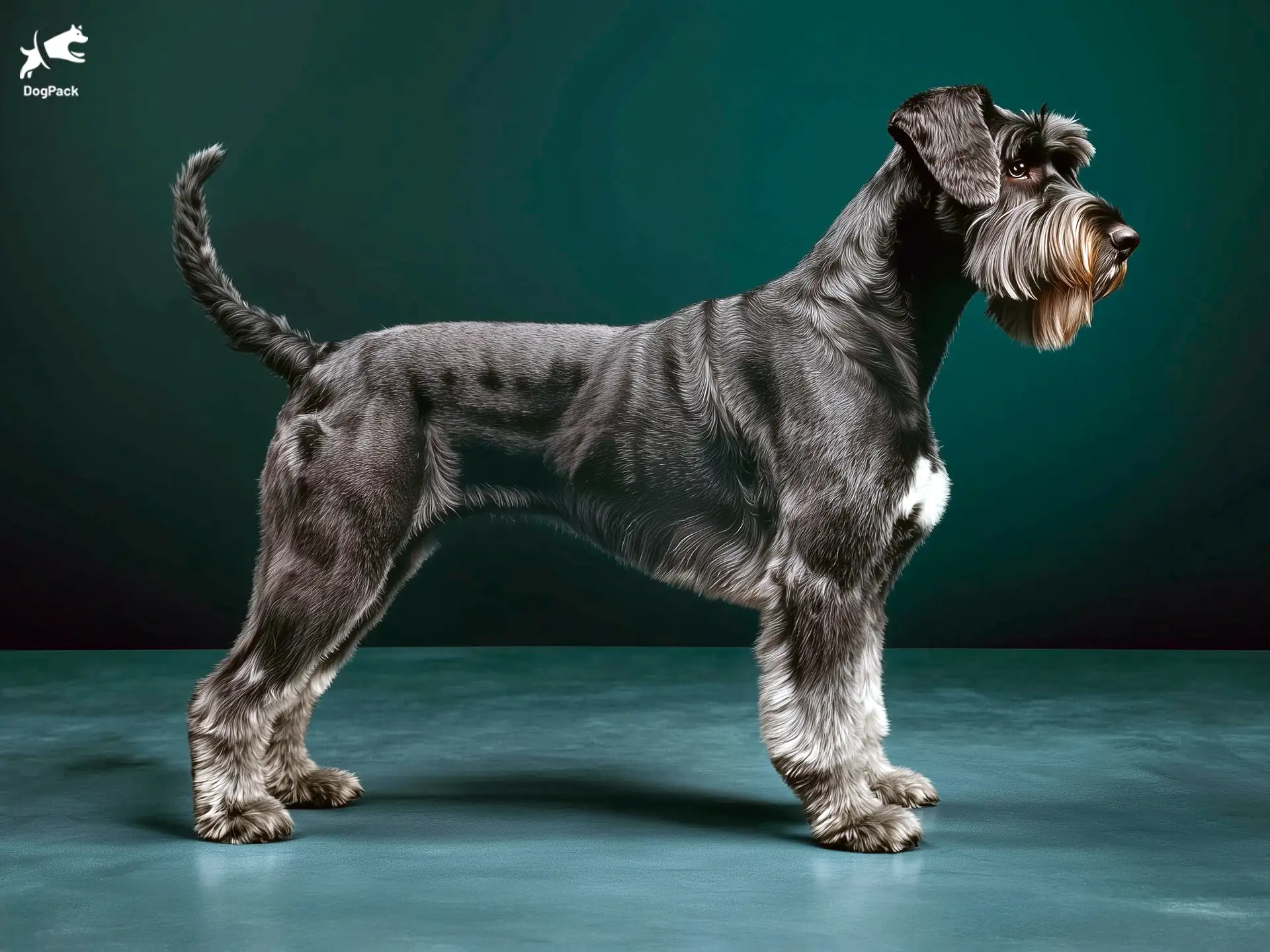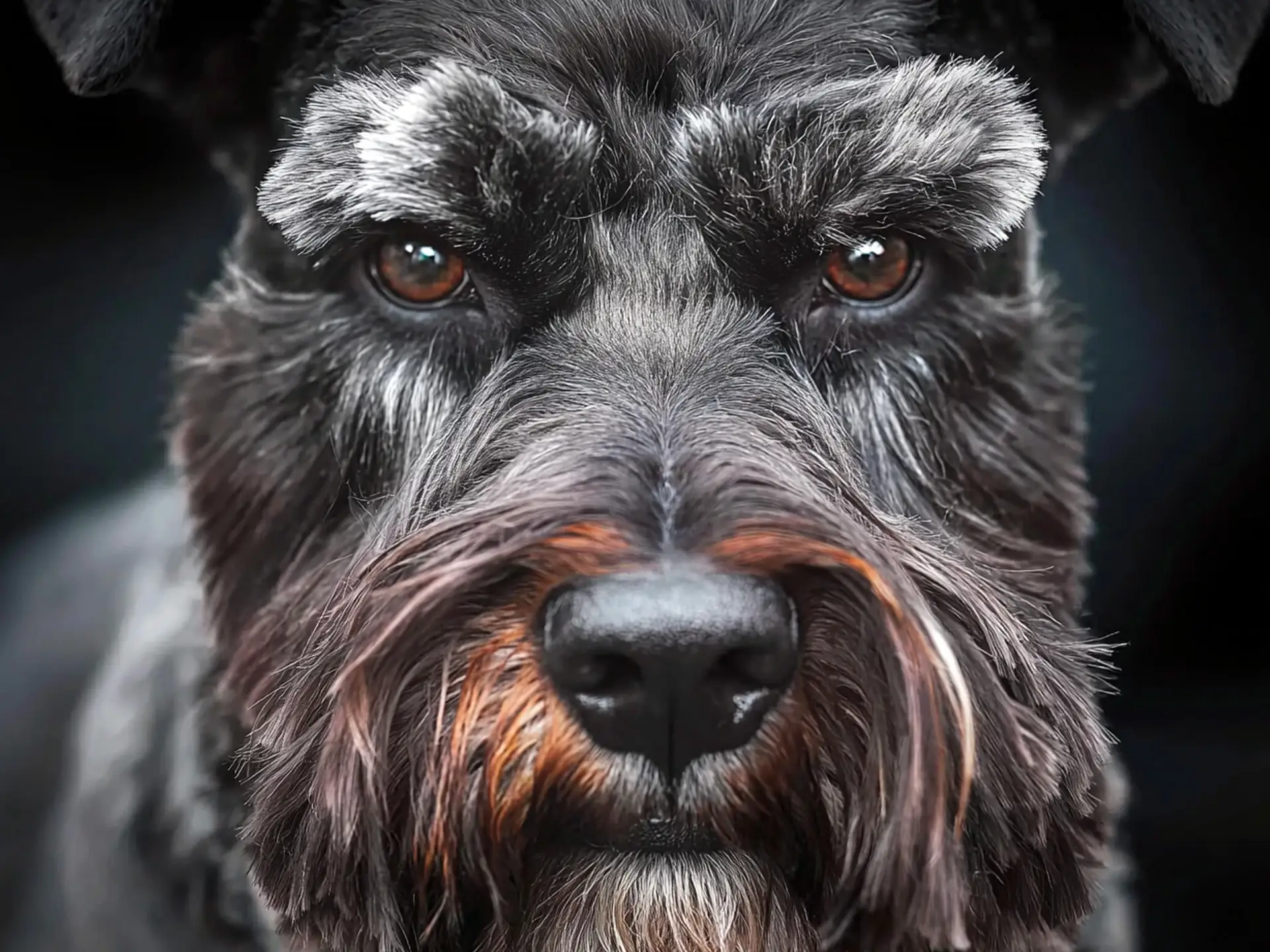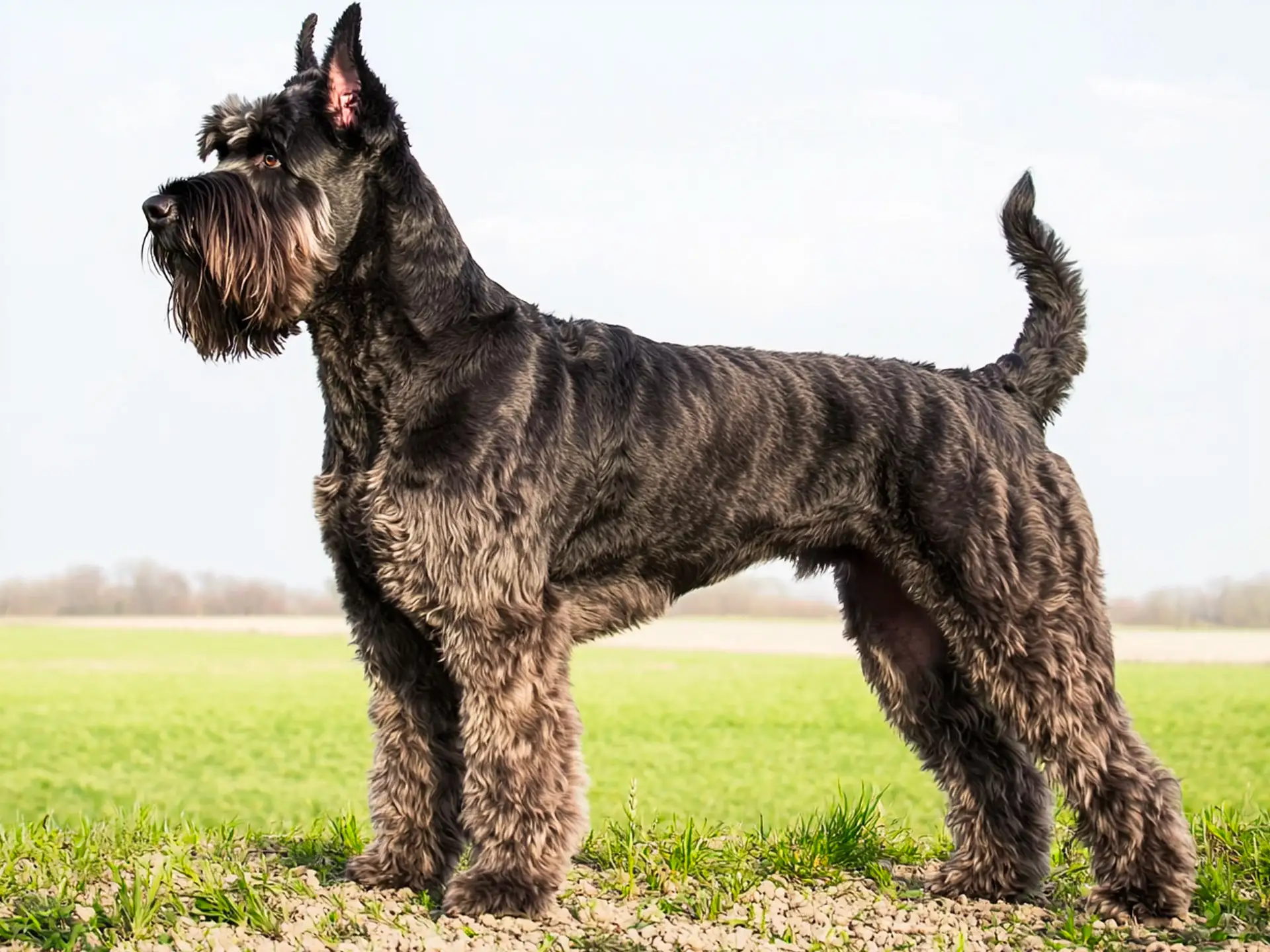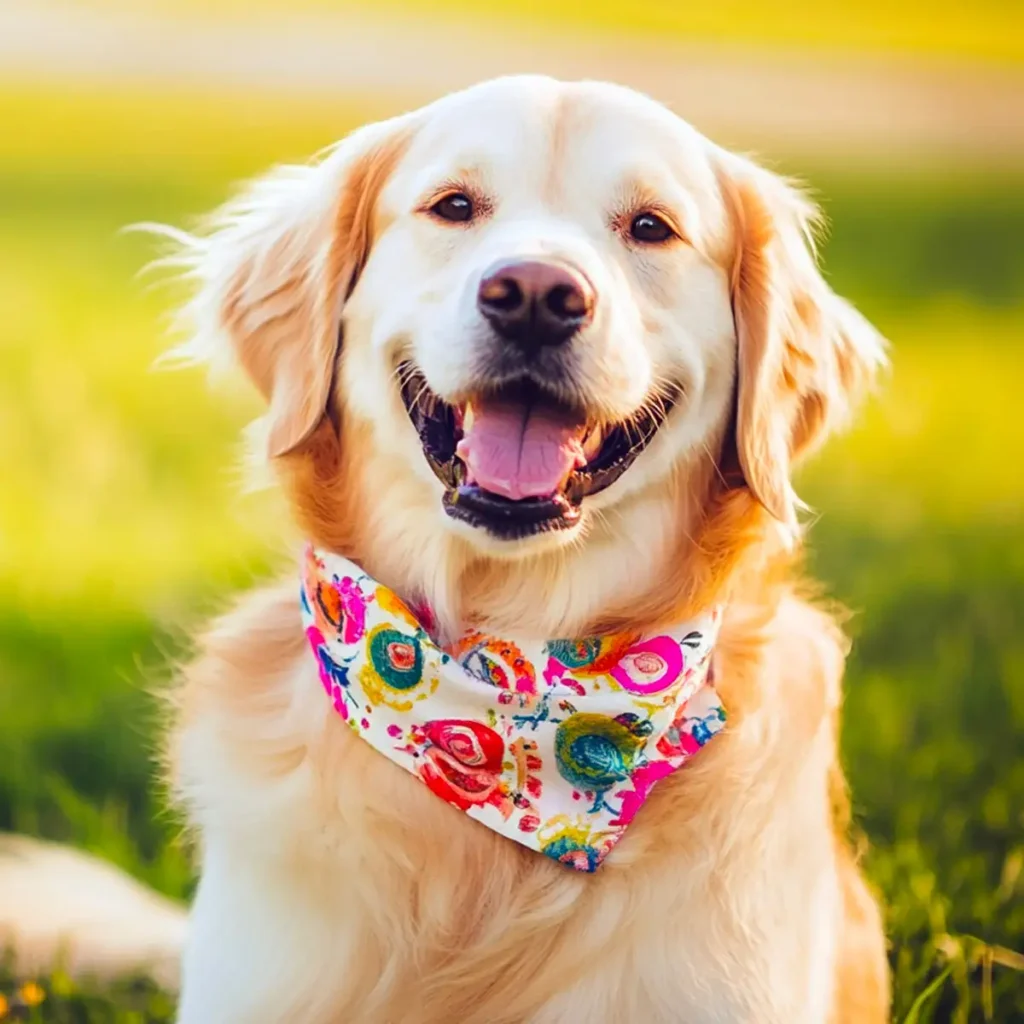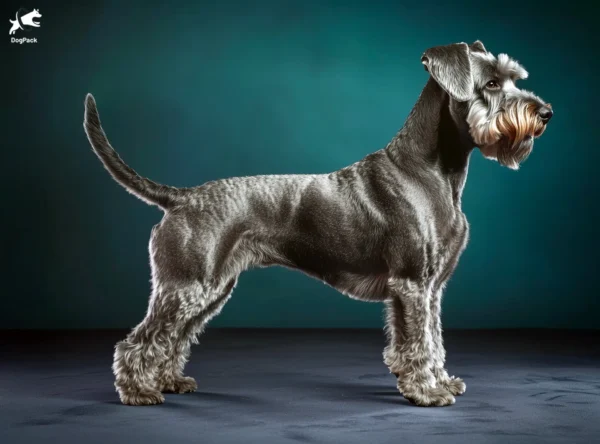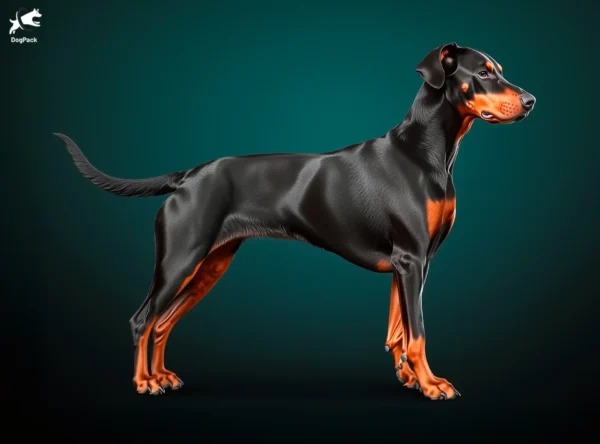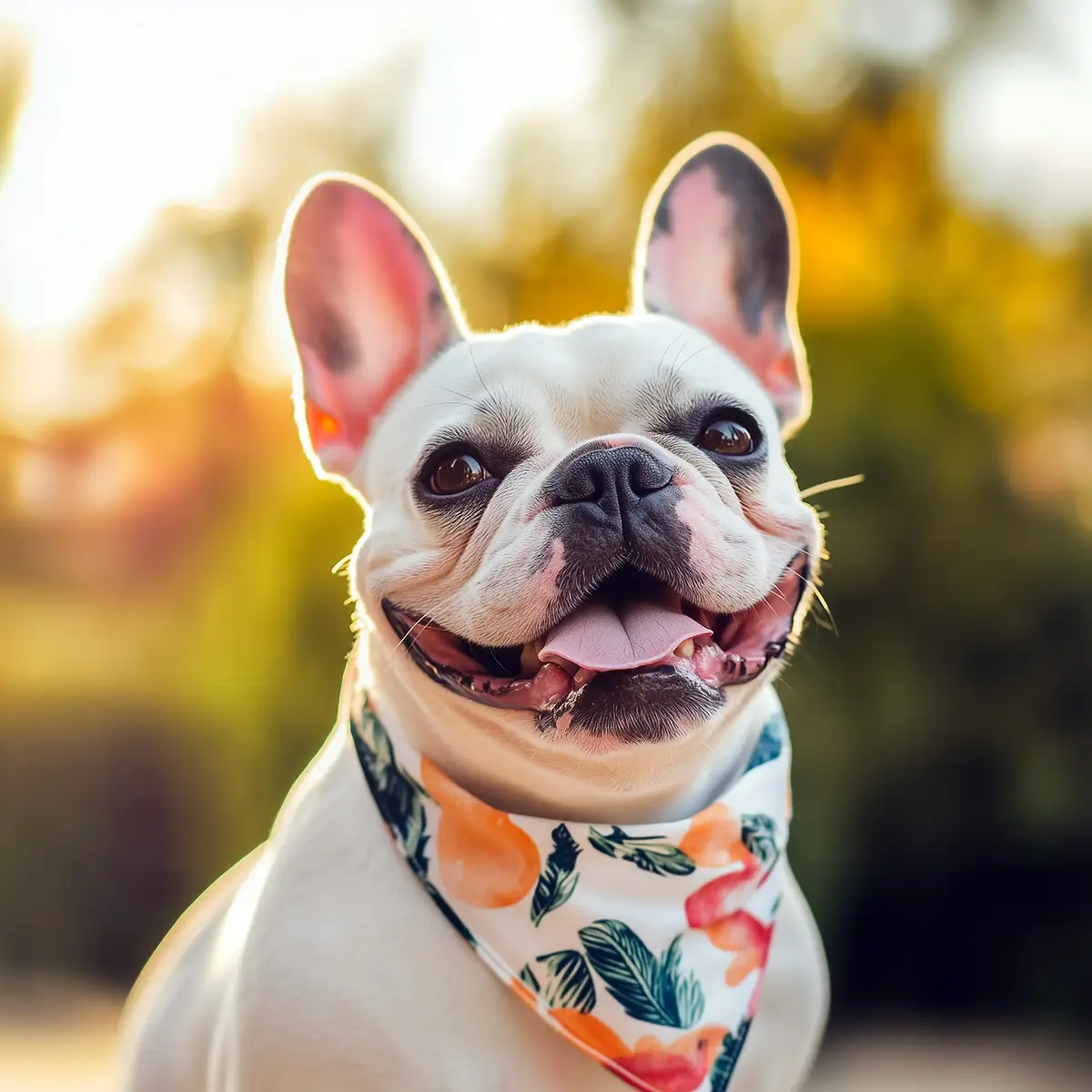Giant Schnauzer Dog Breed Info & Overview
Built for hard work and known for their striking, bearded faces, these dogs are both fearless protectors and affectionate companions. Whether they’re herding livestock or acting as loyal family guardians, they bring intelligence and energy to every task. If you’re seeking a bold buddy ready for action, the Giant Schnauzer might just be your perfect partner.
Characteristics
Pictures
Breed History
Originating in the rolling farmlands of Bavaria, this breed was first developed to drive cattle and guard property. Early farmers valued these dogs for their fearless presence and strong work ethic, making them reliable farmhands. Over time, they earned a reputation as firm protectors capable of defending livestock from predators and unwanted guests.
As industrialization swept across Germany, the breed’s aptitude for service work led them beyond farm life. They found roles in police and military units, showcasing their sharp intelligence under demanding conditions. While their iconic mustache and imposing size turned heads, it was their enduring loyalty that cemented a special place in German culture.
Today, many enthusiasts still celebrate the same rugged traits prized centuries ago. Enthusiastic owners around the world choose these dogs for competitive obedience and agility sports, thanks to their focus and drive. Through generations of careful breeding, the Giant Schnauzer remains a steadfast guardian with deep roots in the heart of German working-dog history.
Temperament, Personality
If you’re looking for a dog that can both stand watch and cuddle up close, this breed delivers. They have a commanding presence yet offer unwavering affection to those they trust. Underneath the confident exterior, they relish bonding time and seek constant companionship—though they won’t shy away from alerting you if a stranger steps onto the scene.
Their protective streak is legendary, so early socialization is key for shaping a calm, well-rounded adult. When properly introduced, they tend to get along with children, though their size and gusto might accidentally bowl over very young kids. With patient training and positive interactions, they can coexist peacefully alongside other pets in the household.
Strangers might be greeted with suspicion or a bark or two, but once these big guardians deem someone a friend, loyalty runs deep. They’re sharp observers who quickly learn routines, sensing changes in your mood or environment. That attentiveness makes them terrific watchers—and sometimes cheeky scene-stealers—always ready to step up and protect their loved ones.
Physical Characteristics
Tall and robust, these dogs stand with a regal posture that commands attention. Their rectangular build features strong muscles, a deep chest, and well-sprung ribs to support energetic movement. One glance at that distinctive beard and bushy eyebrows, and you’ll recognize them instantly among other large dog breeds.
A coarse, wiry double coat covers their frame, helping repel dirt and moisture—perfect for a breed that loves an active, outdoor lifestyle. Beneath that bristly outer coat, a softer undercoat provides warmth. Their coat often appears solid black or pepper-and-salt, complementing those dark, keen eyes that seem always on alert for what’s going on around them.
They typically weigh between 50 and 75 pounds, and their sturdy legs and agile bodies can keep up with most activities you throw at them. Ears may be cropped in some regions (though not always), and tails are sometimes docked, depending on local customs. Altogether, the Giant Schnauzer radiates an imposing yet elegant presence wherever it goes.
Health Issues
Though generally robust, these dogs can be predisposed to a few notable health concerns. Hip dysplasia is one of the most common issues, where the hip joint doesn’t develop properly, leading to discomfort over time. Regular checkups and maintaining a healthy weight can help manage or reduce the risks, ensuring your buddy stays active and comfortable.
Eye problems, such as progressive retinal atrophy (PRA), may appear in certain lines, so getting a comprehensive eye exam is wise. Some individuals could develop thyroid conditions that affect coat health, energy levels, and overall well-being. To catch these early, schedule annual veterinary visits and monitor for any sudden changes in behavior or appearance.
Bloat, or gastric dilatation-volvulus (GDV), also deserves attention in a deep-chested breed. Feeding multiple smaller meals instead of one large serving and avoiding vigorous exercise right after eating can lower the risk. If you notice signs like a swollen belly or repeated retching without producing anything, seek immediate veterinary care to keep your four-legged guardian safe.
Grooming Needs
A common misconception is that “low shedding” means no work at all, but this wiry coat still needs attention. Frequent brushing—about two to three times a week—helps prevent tangles and matting, especially around the legs and beard. With consistent brushing, you’ll also reduce any loose fur clinging to furniture or clothes.
Hand-stripping or clipping the coat every few months is recommended to maintain that characteristic texture. While hand-stripping preserves the wiry feel, many owners opt for a professional groomer to make life simpler. Trimming the beard is a must if you’d prefer not to find half of your pup’s dinner leftovers dangling from its whiskers.
Regular ear checks can catch infections early, especially since those folded ears might trap moisture. Don’t forget routine nail trims—long nails can hamper their sure-footed gait. Because they’re a working breed that loves activity, you’ll likely find their nails wear down somewhat naturally, but a quick monthly inspection keeps everything in top shape.
Exercise Requirements
If you enjoy an on-the-go lifestyle, this breed will keep up without skipping a beat. They thrive on vigorous exercise—think daily runs, brisk walks, and spirited play sessions. Add mental stimulation, like puzzle toys or agility courses, to keep that sharp mind occupied. Without enough outlets, they can channel energy into mischievous habits like digging or excessive barking.
Hikes, swimming, and even canicross are excellent ways to channel their stamina. Their robust build and fearless character mean they’ll likely say “yes” to any adventure you propose, be it a mountainous trek or a jog around the neighborhood. Just be prepared for a bit of stubbornness if they catch an interesting scent along the way!
Aim for at least an hour or two of structured activity every day. Short, intense bursts often suit them better than slow-paced meandering. Mix in dog playgroups or obedience classes to add social interaction. When their physical and mental needs are met, they’ll settle happily at home, content to nap near your feet after a job well done.
Training Tips
Consistency is the name of the game when shaping good manners. Because these dogs can be strong-willed, firm but fair leadership is essential. Reward-based methods—treats, praise, and play—work best, tapping into their eagerness to impress a trusted human. Start basic commands early, and keep sessions short to match their quick attention span.
Socialize them with different people, animals, and environments while they’re still young. Introductions to various sounds, surfaces, and situations build confidence and reduce anxiety. This exposure helps them learn that not every new face is a threat—something particularly important for a naturally protective, large breed that might otherwise become overly suspicious.
Don’t forget mental exercises, too. Advanced tasks such as scent work or herding drills can offer a healthy challenge. If you find them testing boundaries, remember that patience outlasts any brief bout of stubbornness. A Giant Schnauzer is quick to pick up on tension, so staying calm and consistent will guide them toward becoming a well-behaved, responsive companion.
Nutrition, Diet
Giant Schnauzers typically need a protein-rich diet to sustain their robust muscles and high energy. Look for dog food formulas with meat as the first ingredient, such as chicken or beef. Because they are susceptible to bloat, opt for kibble sizes that encourage slower eating or use a puzzle feeder to keep those large gulps to a minimum.
An active adult might consume anywhere from 2½ to 3½ cups of high-quality dry food per day, divided into at least two meals. Those engaging in rigorous activities, like agility or herding competitions, could require a bit more to meet their calorie demands. Monitor their weight and adjust portions accordingly—an overweight Giant Schnauzer can face extra joint stress.
Some owners also incorporate fresh vegetables and lean meats to add variety and nutritional benefits. However, avoid excessive treats or table scraps, which can quickly bump up calorie intake. Consulting with a vet or canine nutritionist ensures you’re providing balanced meals tailored to your dog’s specific metabolism and exercise level, keeping them fueled for every bold adventure.
Adoption, Breeders
When seeking a Giant Schnauzer, it’s crucial to do your homework. Reputable breeders will offer health clearances for common issues like hip dysplasia or eye concerns. They’ll also let you meet the parent dogs, observe their temperaments, and ask questions about your lifestyle to ensure a good match. Beware of “backyard breeders” who skip genetic screenings.
Adoption is an excellent choice if you want to give a second chance to a dog in need. Some rescue organizations focus specifically on this breed, providing foster care and behavior assessments before rehoming. For more information, check out Giant Schnauzer Rescue Network or the Giant Schnauzer Club of America.
Ask about the dog’s background, energy level, and any known health concerns. An experienced rescue volunteer or reputable breeder should be honest, guiding you toward the best fit for your living situation. Thorough research and meeting with professionals go a long way in ensuring you bring home a well-adjusted new companion ready to settle into your life.
Family Pet?
Despite their protective instincts, these dogs can become loving members of a family that sets boundaries and invests in training. They tend to create tight bonds with their human pack, including children who treat them respectfully. However, it’s wise to supervise interactions with smaller kids given this pup’s size and enthusiasm.
With proper socialization, they may also learn to coexist peacefully with other pets, from fellow dogs to the family cat. The key is early introductions and consistent reinforcement of polite behavior. Accidents happen if they’re bored or under-stimulated, so be ready for daily doses of exercise and engagement to keep them content.
When integrated into family routines—weekend hikes, backyard games, or even just cozy evenings in the living room—this breed shines as a loyal companion. They relish being included, so isolating them outdoors or in a kennel won’t foster a healthy relationship. A home that offers structure, affection, and an active schedule will likely see them blossom into a cherished family pet.
Right For You?
Before bringing one into your home, ask yourself if you can provide daily exercise, firm yet gentle training, and ample mental stimulation. If your schedule is packed and you’re rarely around, consider a more low-key breed. These dogs thrive in households where someone is ready to engage with them—physically and mentally—throughout the day.
Living space is another factor: while they can adapt to apartment life with enough exercise, a home with a securely fenced yard suits them better. If you prefer a more laid-back companion, keep exploring other dog breeds that require less energy and grooming effort. But if you’re up for an enthusiastic, loyal partner, this might be your match.
Health expenses can be higher for a large, active breed, so budget for vet visits, quality food, and professional grooming as needed. If you’re prepared to invest time and resources into a protective, smart, and athletic dog, you’ll be rewarded with a best friend who has your back—and will never tire of an outdoor adventure or a heartwarming hug.
Conclusion
Big-hearted and bold, the Giant Schnauzer brings endless devotion to active, experienced owners. If you can commit to rigorous exercise, consistent training, and regular grooming, you’ll gain a clever, protective pal who thrives on companionship. They won’t suit every household, but for those with the time, space, and energy to spare, these imposing yet affectionate dogs can become loyal guardians and lifelong friends.
FAQs
-
Why do Giant Schnauzers have distinctive beard and eyebrows?
The beard and bushy eyebrows of a Giant Schnauzer were developed to protect their face from bites and debris while herding cattle or guarding property. The beard also helps reduce the impact of bites from other animals, making it a practical feature for their working background.
-
Why does my Giant Schnauzer paw at me frequently?
Giant Schnauzers are known for using their front paws to get attention, a behavior linked to their history as intelligent problem-solvers in herding and guarding. This pawing is their way of communicating needs, whether for food, affection, or playtime.
-
Why do Giant Schnauzers tend to lean on their owners?
Leaning is a sign of trust and affection in Giant Schnauzers. As a breed bred for protection and companionship, they naturally seek close physical contact to feel secure and connected to their family members.
-
Why do Giant Schnauzers need both physical and mental exercise?
Giant Schnauzers were bred to drive cattle and guard property, requiring both physical endurance and sharp problem-solving skills. Without enough mental stimulation, they can become restless or engage in destructive behaviors, making activities like obedience training, agility, and puzzle games essential.
-
Why do Giant Schnauzers have such a strong bite force?
As a breed originally used for protection and working roles, Giant Schnauzers have a powerful jaw and strong bite force, estimated at over 230 PSI (pounds per square inch). This strength was essential for herding stubborn cattle and deterring intruders, making them excellent guardians.
Breed Ratings
The Giant Schnauzer is exceptionally sharp, mastering complex tasks with ease. They thrive on challenges and mental games.
High-energy play is a favorite pastime, though they can be a bit serious if not encouraged to loosen up.
Always ready for a run, a chase, or a long day’s hike, they require frequent outlets for that boundless energy.
Though generally low-shedding, regular grooming is needed to keep stray hairs and mats in check.
Moderate prey drive; early socialization helps them coexist with smaller animals.
Their wiry coat demands consistent upkeep, including brushing and occasional hand-stripping or clipping.
Intelligent and eager, but can be stubborn at times. Patience plus positive methods works wonders.
They bond closely and can become anxious if left solo too often.
Protective instincts mean they’ll alert bark, but training can moderate excessive noise.
Not heavy droolers, though some slobber may appear after meals or drinks.
Generally okay with other dogs if socialized properly from puppyhood.
Sturdy and long-lived, but susceptible to a few hereditary conditions like hip dysplasia.

